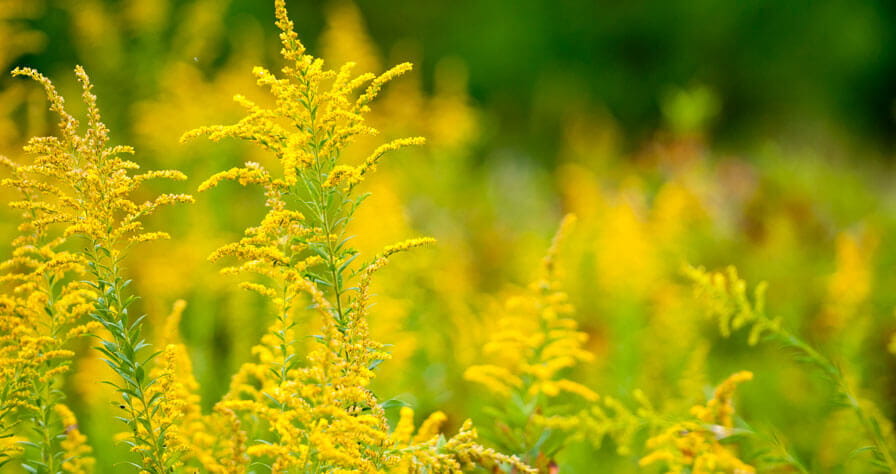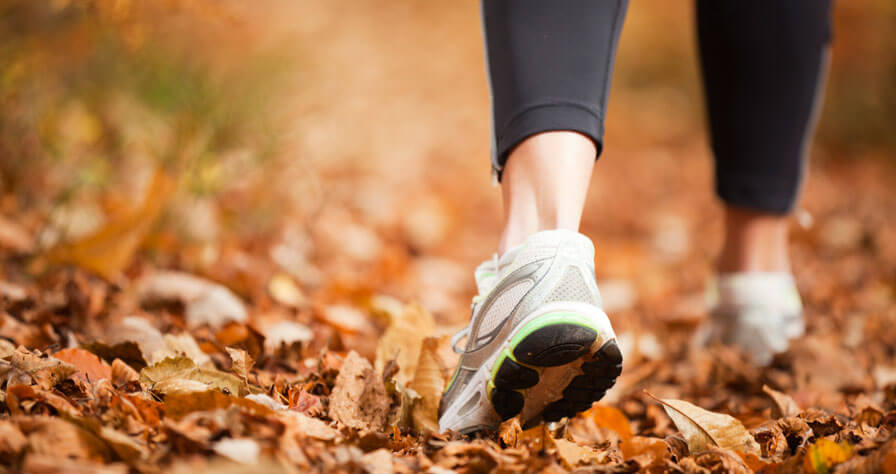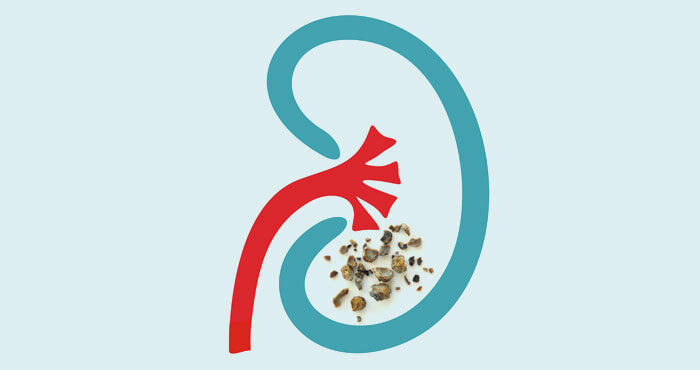4 Tips for Fall Allergies

Ragweed pollen is a major trigger of fall allergies. Besides ragweed pollen, mold spores from piles of damp leaves can also thrive in the fall. Both of these culprits can make noses run or stuff up, as well as lead to the sniffles, sneezing and watery eyes. For people with asthma, it can also lead to more wheezing and trouble breathing.
An allergy specialist can determine which pollen or molds are causing your symptoms and prescribe treatment to help relieve them. Besides medication or allergy shots, you can also follow these tips to feel better outside or indoors this fall:
- Keep doors and windows closed at night to reduce the amount of outdoor allergens that get inside your home. Set your air conditioner on re-circulate. The best type of air conditioner for fighting pollen is central air with HEPA (high efficiency particulate air) filter attachment.
- Reduce mold by decreasing moisture around the house, especially in damp bathrooms, kitchens and other wet areas. It’s a chore, but do your best to rake up piles of damp leaves.
- Vacuum once or twice a week to minimize the amount of indoor allergens. Use a cyclonic vacuum or a vacuum with a HEPA filter. Vacuum the floors as well as the furniture and drapes. If you are the one with allergies, clean and leave the house for about 30 minutes when you are finished cleaning to avoid any airborne particles.
- Keep your bedroom clean. You spend 1/3 of your life asleep in bed and you should try keep your bedroom allergy-free. Start by keeping all pets out of the bedroom. Cuddly as they are, the furry creatures can bring in mold and ragweed from the outside along with their animal dander. Mold and dust mites can live in bedding, so make sure to cover your mattress and pillow with allergy-resistant covers. Wash your bedding once a week in 130-degree hot water to kill dust mites, and add bleach to kill mold; then dry everything at high heat.



